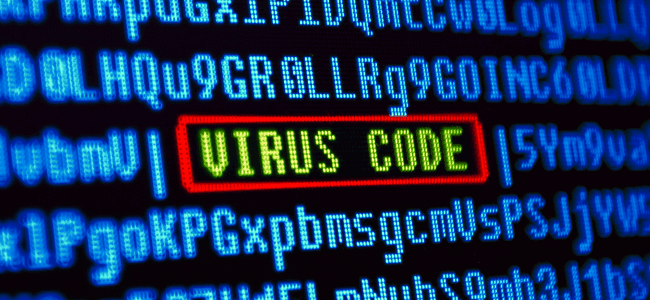What Is A Computer Exploit?

Have you ever wondered why developers are always modifying and repairing their software? What about when they create updates as soon as a few days after the release of the initial software?
The reason behind this is that every software comes with particular vulnerabilities.
These need to be patched up regularly in order to keep systems secure, as these gaps in between updates are exactly what cybercriminals track and target.
This malicious act is called an exploit.
Exploits are designed to obtain unauthorized access to a system for numerous purposes.
Hackers can easily install malevolent software on your network or system using these vulnerabilities so that they can totally control the system for their own illicit uses.
More often than not, the user or owner of a network or system doesn’t even have any knowledge of control being taken over.
Hackers widely take advantage of commonplace entry points like the browser, operating system, third-party apps, and Microsoft Office.
Where Do They Come From?
These attacks stem from genuine errors in the process of software development that create an opening in the security system that cybercriminals can use to gain access.
Here are some common types:
- XXS (Cross-Site Scripting)
- Spoofing
- DoS (Denial of Service Attack)
- Zero-day
Criminals can enter systems through bad links, malevolent websites, unpatched browsers, plug-ins, software toolkits, or even through shellcode and exploit codes that damage the system or the network after getting coded with Java in the system.
Another way the system can be infected is through malicious emails or advertisements.
No doubt, authors of the software would surely look for security patches to deal with the vulnerabilities, but by the time the owners become aware of a threat, the software would already be considered high risk.
This makes tracking and controlling these threats difficult.
How Can You Detect An Exploit?
Security gaps damage systems and networks in such a way that it becomes difficult to track.
Hence, to avoid such damage and detect malicious activity, it’s essential for the software owners to repeatedly update software. This is the only true remedy to this threat.
Interestingly, installing security patches actually helps detect threats to begin with.
When patches are released for any vulnerability, they eliminate the threat of the concurrent virus, neutralizing its ability to infect a system or network.
System owners can also uncover an exploit with the help of the windows machine or the Unix machine.
Hackers wouldn’t get a chance to damage a system if the user keeps updating their security software on a regular basis.
How To Prevent And Protect Yourself?
This type of attack can truly be dangerous.
Again, this doesn’t mean that you need to panic and disconnect your systems.
There are various proactive ways of protecting yourself and your system from this threat.
- Keep Software Updated - To protect yourself, make sure you update systems regularly, as soon as you get a notification to do so. Zero-day exploits are getting more and more dangerous these days and hackers are benefitting from them to a great extent. So, make sure you check with software providers for any patches and updates and be alert so that cybercriminals don’t do any damage to your software.
- Upgrade The Software - Many times, a software application can become old and outdated. This can stop it fully supporting your system and bugs can get in. To avoid this, make sure you upgrade your software at regular intervals so that the software supports the system properly. Always make sure you upgrade your software to the latest version or look for something more advanced that can give you further coverage.
- Be Safe Online - While using online browsers, look for either Google Safe Browsing or Microsoft SmartScreen for secure browsing. These browsers work on every website and look for any malware before you start using it. It also sends you alerts if you’re visiting a suspicious or blacklisted site. Look for the best anti-malware tool that gives you multiple protection layers to keep you safe online.
- Get Rid Of Inactive Applications - Avoiding storing any software or third-party applications that aren’t in use.
- Anti-Exploit Software - Use a quality dedicated software as an added layer of security.
Bottom Line
Hackers are constantly working to access your systems and software.
Read More: Are antiviruses capable of blocking hackers?
Practicing secure computing habits helps manage risks and keep these threats at bay.
There’s a constant race between malicious software creators and your own legitimate software authors, and you can help the good guys by always applying their updates on time for ultimate protection and security.




